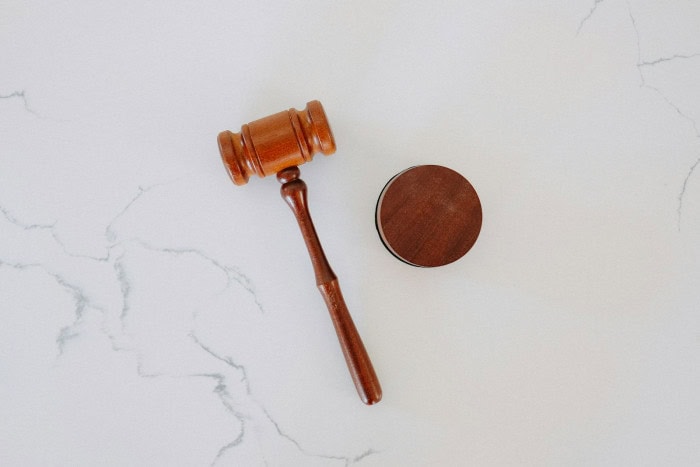Insulin lawsuit cases have become a lightning rod for public outrage and legal challenges aimed at curbing monopolistic practices in the pharmaceutical industry. Insulin, a life-saving drug that millions of diabetics depend on, has become emblematic of the larger issue of skyrocketing drug prices. Over the last two decades, the cost of insulin has soared, sparking questions about the role of corporate greed, patent manipulation, and collusion among manufacturers in creating an unaffordable healthcare system. Lawsuits challenging these practices not only highlight systemic issues but also pave the way for reforms that could reshape the industry.

To understand why insulin lawsuit cases have gained momentum, it’s important to grasp the scope of the crisis. Between 2001 and 2021, the price of insulin more than tripled in the United States. For example:
- A vial of insulin, which cost $21 in 1999, can now cost over $300.
- Many diabetics require multiple vials per month, leading to monthly expenses upwards of $1,000.
- These prices are dramatically higher in the U.S. compared to other countries, where government regulations cap drug costs.
For uninsured and underinsured Americans, these costs are crippling. Patients have resorted to rationing their insulin, often with life-threatening consequences. Lawsuits targeting these practices are, in many cases, a matter of life and death for those who can no longer afford their medication.
The Root of the Problem: Monopoly Practices in Pharmaceuticals
The insulin crisis is not a simple case of supply and demand. Instead, it stems from deliberate strategies employed by pharmaceutical companies to maximize profits. Some of the most significant practices under scrutiny include:
1. Evergreening
Pharmaceutical companies extend patents on insulin products by making minor, incremental changes to their formulations. These changes are often marketed as “innovations,” but in reality, they serve to block competition from generic alternatives. For example, shifting from vials to pre-filled insulin pens allowed companies to file new patents, delaying the entry of cheaper versions into the market.
2. Price Collusion
Insulin manufacturers have been accused of working together to artificially inflate prices. Rather than competing to lower costs, companies have raised prices in near lockstep, ensuring mutual profitability at the expense of consumers. Insulin lawsuits often target these practices, alleging that they violate antitrust laws.
3. Opaque Supply Chains
The role of pharmacy benefit managers (PBMs), who negotiate drug prices on behalf of insurers, adds another layer of complexity. Critics argue that PBMs prioritize rebates and profits over patient affordability, contributing to higher out-of-pocket costs.
Lawsuits as a Tool for Change
Legal action has become a critical avenue for addressing the systemic issues driving up insulin prices. Insulin lawsuits are filed by a variety of plaintiffs, including individuals, advocacy groups, and even state governments. These lawsuits typically fall into three main categories:
1. Class-Action Lawsuits
Class-action lawsuits bring together large groups of patients who have suffered financial harm due to inflated insulin prices. These cases aim to hold pharmaceutical companies accountable while seeking compensation for those affected. For instance, one high-profile class-action lawsuit accused manufacturers of colluding to inflate prices, resulting in billions of dollars in unjust profits.
2. Antitrust Cases
Antitrust lawsuits allege that insulin manufacturers violated competition laws by engaging in price-fixing or monopolistic practices. These cases often seek to dismantle the structures that allow companies to maintain control over the insulin market, paving the way for generic alternatives.
3. State-Level Lawsuits
Several state attorneys general have filed lawsuits against insulin manufacturers and PBMs, accusing them of exploiting vulnerable populations. These cases often focus on violations of consumer protection laws and aim to recover funds for state healthcare programs.
Key Outcomes and Precedents
While many insulin lawsuits are still pending, some have already led to significant outcomes:
- Increased Scrutiny: Lawsuits have drawn attention to the pharmaceutical industry’s pricing practices, prompting congressional hearings and investigations.
- Policy Changes: Some states, such as Colorado, have introduced caps on insulin prices in response to public outcry and legal pressure.
- Public Awareness: High-profile cases have educated the public about the systemic issues driving high drug costs, galvanizing advocacy efforts for broader healthcare reforms.
These outcomes demonstrate that legal challenges can be a powerful tool for addressing the inequities in the pharmaceutical industry.
Beyond Insulin: Implications for the Pharmaceutical Industry
Insulin lawsuits are part of a larger trend of legal actions targeting the pharmaceutical industry. Similar cases have been filed against manufacturers of other essential medications, such as EpiPens and HIV treatments. These lawsuits share common themes, including allegations of price-gouging, patent manipulation, and collusion.
The implications of these legal battles extend far beyond insulin:
- Setting Precedents: Successful lawsuits against insulin manufacturers could set legal precedents for challenging monopolistic practices in other drug markets.
- Regulatory Reforms: Increased legal pressure may spur lawmakers to introduce stricter regulations on drug pricing and patent laws.
- Corporate Accountability: As lawsuits expose unethical practices, companies may face greater pressure to prioritize patient affordability over profits.
Challenges and Limitations of Legal Action
While insulin lawsuits hold promise, they are not without challenges. Legal battles are often lengthy and expensive, requiring significant resources to pursue. Additionally, even successful cases may result in settlements that benefit only a portion of affected patients, leaving systemic issues unaddressed.
Moreover, pharmaceutical companies have vast legal and financial resources, allowing them to mount robust defenses. In many cases, they argue that high prices are necessary to fund research and development, a claim that is often met with skepticism but remains a legal hurdle.
A Call to Action
The rise of insulin lawsuits reflects a growing recognition of the urgent need for reform in the pharmaceutical industry. However, legal action alone is not enough to solve the problem. Comprehensive solutions require collaboration between lawmakers, healthcare providers, advocacy groups, and patients. Key steps include:
- Legislative Action: Passing laws to cap drug prices and promote competition.
- Regulatory Oversight: Strengthening oversight of patent practices and supply chain dynamics.
- Public Advocacy: Supporting grassroots movements that demand affordable medications for all.
The insulin crisis serves as a stark reminder of the consequences of unchecked corporate power in the pharmaceutical industry. Through legal challenges, advocacy, and systemic reform, it is possible to break the monopoly and create a fairer healthcare system. Insulin lawsuits, while not a panacea, represent an important step toward holding companies accountable and ensuring that life-saving medications are accessible to all. By continuing to fight for transparency, affordability, and equity, we can pave the way for a future where no one has to choose between their health and their finances.

